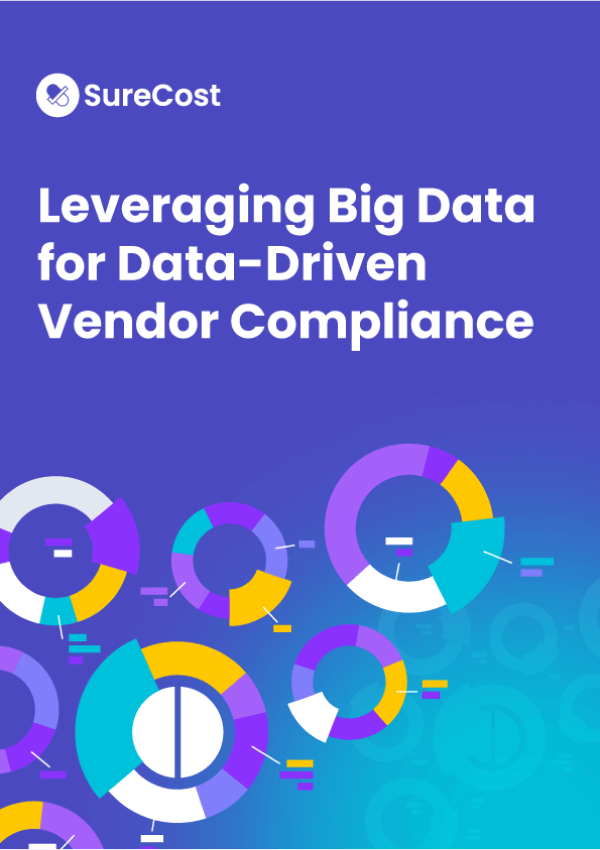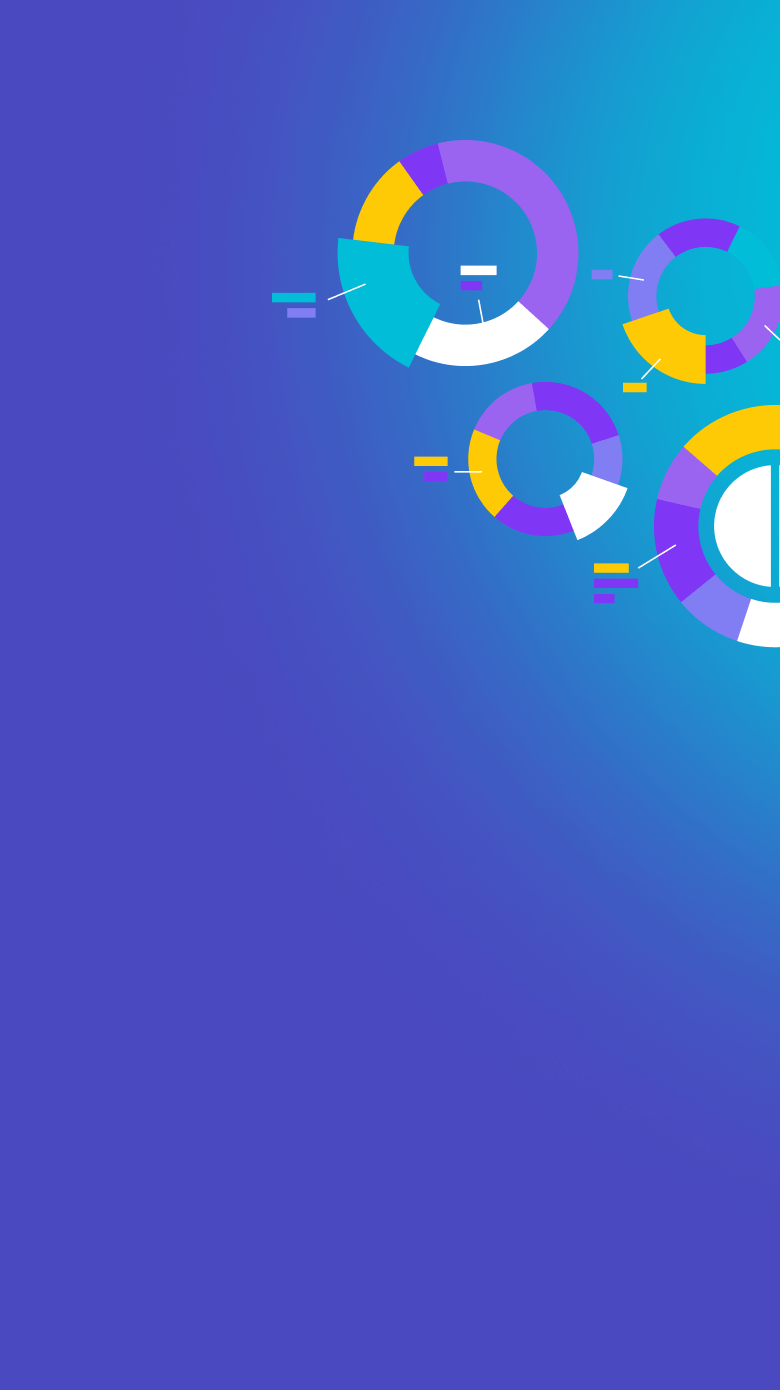
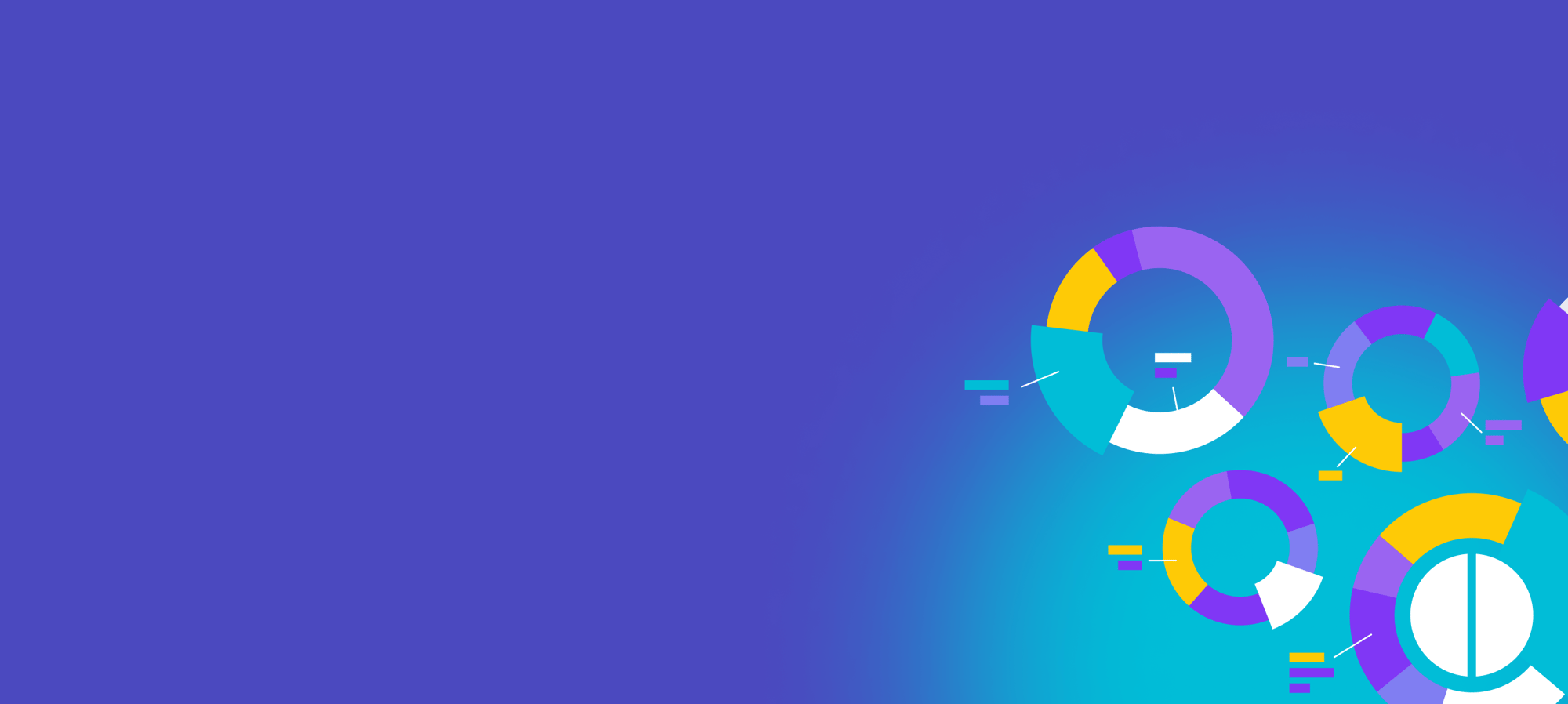


Primary vendor compliance is a difficult task amidst other pharmacy purchasing challenges and other responsibilities. However, successful pharmacies need to do more than meet contract requirements.
This white paper will discuss data-driven compliance: utilizing robust quantitative information to make purchasing decisions and derive strategy. By implementing this approach through an integrated purchasing management solution, pharmacies can drive savings, efficiency and business intelligence.
Vendor Compliance
Challenges and Risks
Pharmacies face new obstacles every day. Yet primary vendor compliance is a constant challenge.
Reviewing each purchase order against the source agreement is a time-consuming, tedious approach. It’s also not entirely accurate; manual processes often mean manual errors. The worst-case scenario is missing vendor compliance targets, resulting in lost incentives or fines. Unfortunately, that’s also a probable scenario for pharmacies stuck with ad hoc compliance. Even if that pharmacy is meeting compliance ratios, they’re not leveraging contact terms to optimize their purchases (for example, adjusting spend on a particular item to reach new rebate tiers).
Pharmacies may try to avoid these issues by only purchasing through their primary vendor. Yet a wholesaler catalog might contain thousands of items. Products are often listed across multiple categories. Depending on which item they select, the pharmacy could lose out on rebates and pay more in the long term. They also miss out on competitive pricing and better options through purchasing outside their primary.
Pharmacies may have the time or staff to buy from vendors other than their primary. Yet many simply shop till they (or their staff) drop: comparing thousands of items and poring over multiple vendor catalogs to search for what they hope is the best option. This is another imperfect manual process. It takes hours and exhausts teams. And there’s no guarantee it will yield the best results.
That’s because the lowest price is not necessarily the best purchasing option. Purchasing an item without accounting for its impact on pharmacy compliance can be costly. Pharmacies may find a lower price from secondaries but pay penalties when they don’t meet compliance with their primary.
Optimize compliance, reduce errors and drive savings with data-driven purchasing.
As the table below demonstrates, without accounting for the item’s actual cost, a pharmacy could end up paying more by relying on the lowest “sticker price”:
Primary vendor
Secondary vendor
Strategies for Data-Driven Compliance
Ensuring primary vendor compliance is essential for pharmacies. It’s also incredibly complex and potentially risky. Pharmacies must harness data for greater transparency into contracts and expand their pharmacy purchasing choices. Using a single unified purchasing management solution, pharmacies gain tools for strategic, data-driven compliance.
Here are four crucial approaches for staying competitive when it comes to compliance.
Develop Pharmacy Compliance Insights
Pharmacies need a system to consolidate purchasing data and automate compliance instead of manually tracking primary vendor compliance and comparing purchases from multiple sources.
The best purchasing management solutions go beyond satisfying compliance; they optimize purchases based on contract terms. At a bare minimum, pharmacies should be able to quickly and easily calculate their source compliance ratio. But a purchasing management solution enables pharmacies to work with accurate real-time metrics, including:

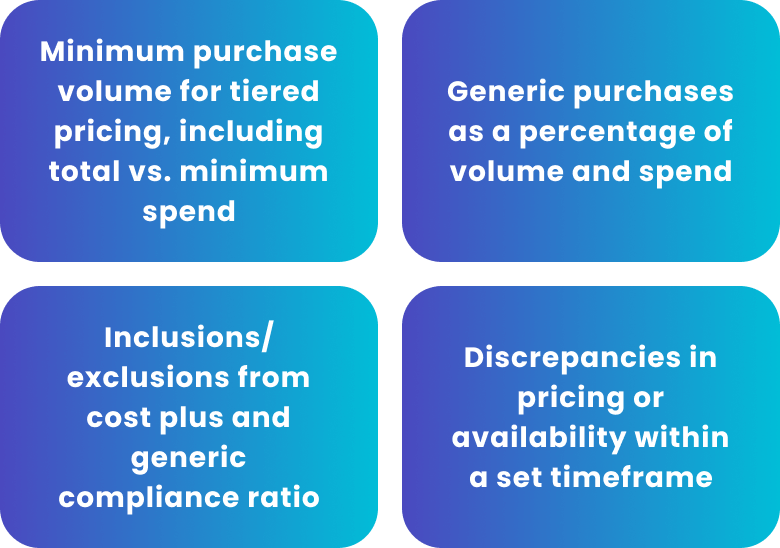
COMPARISON OF APPROACHES TO COMPLIANCE
Primary vendor
Secondary vendor
Harness data to optimize compliance and purchasing.
Expand Pharmacy Purchasing Sources
Once this enhanced level of primary vendor compliance is in place, pharmacies can shop other sources. Secondary vendors, GPOs, buying groups and buying direct from manufacturers give pharmacies access to the entire market. But that market exists in an opaque purchasing ecosystem. It’s difficult to sift through all the suppliers, catalogs, deals, websites, etc.
Pharmacies need data-driven compliance tools to quickly and efficiently analyze options. They also need the flexibility to shop all those options without compromising primary vendor compliance.
On top of maximizing purchases from their primary, pharmacies can use a unified purchasing management solution to integrate all their catalogs into a single interface. Then, the system can analyze all options based on the pharmacy’s goals and compliance requirements. Pharmacies can find significant savings while seeing the impact on compliance before submitting a purchase order.
Because these systems integrate all pharmacy purchasing data from all sources—catalogs, procurement information, transfers and DSCSA compliance—pharmacies streamline purchasing. They can manage every aspect of the process with a single purchasing management solution, from finding the right item to submitting POs and then receiving items while flagging and reconciling discrepancies. That includes receiving the wrong item or incorrect quantities, being charged the wrong amount or even mismatched DSCSA data. With all the information at their fingertips, pharmacies can easily furnish the required data when they need to resolve an issue with a vendor or respond to an audit.
Drive Market Visibility
Successful pharmacies leverage purchasing management solutions like SureCost to analyze their entire catalog and find the best options instantly. For example, looking at purchasing data collected from over 5,000 pharmacy professionals nationwide, 73% of the savings reported by pharmacies came from purchases outside the top 200 most commonly prescribed medications.
These pharmacies also reduced their COGS by an average of approximately 11% through purchasing outside the “top 200.” At that rate, a pharmacy with an annual purchasing volume of $3M saves roughly $327K annually. These pharmacies also have more options when a drug shortage hits or their primary vendor can’t fill an order on time.
With true market visibility, pharmacies take advantage of competitive pricing. With all the pharmacy purchasing data consolidated into a single interface, the system also confirms pharmacies receive the right product at the right quantity for the agreed-upon price. It can then flag discrepancies and provide a “virtual paper trail” ready to reconcile the issue with the source.
Cost and Pricing Data Audit
Maximize savings and compliance with data-driven purchasing.
Visualize Big Data
Too many pharmacies overlook that how they manage data is as important as what data they manage. Even if pharmacies can collect these massive quantities of crucial data, they need a way to easily analyze it. Spreadsheets and jerry-rigged reporting make it difficult to synthesize big data in pharmacy management. Leadership and staff need clear, concise analytics to turn information into action.
Robust, flexible data-driven reporting is key. The right pharmacy purchasing management solution will include a range of dashboards and reports covering several areas of operation. In addition to the compliance metrics above, for example, pharmacies should have information like GPO pricing opportunities, pricing non-compliance and formulary compliance at their fingertips.
Concise, informative data visualization should be a given. Instead of just “crunching numbers,” the system can generate charts and graphs that show pharmacy purchasing trends, spending and other patterns. It helps inform everyday purchasing decisions and provides business intelligence to design and adjust strategy.
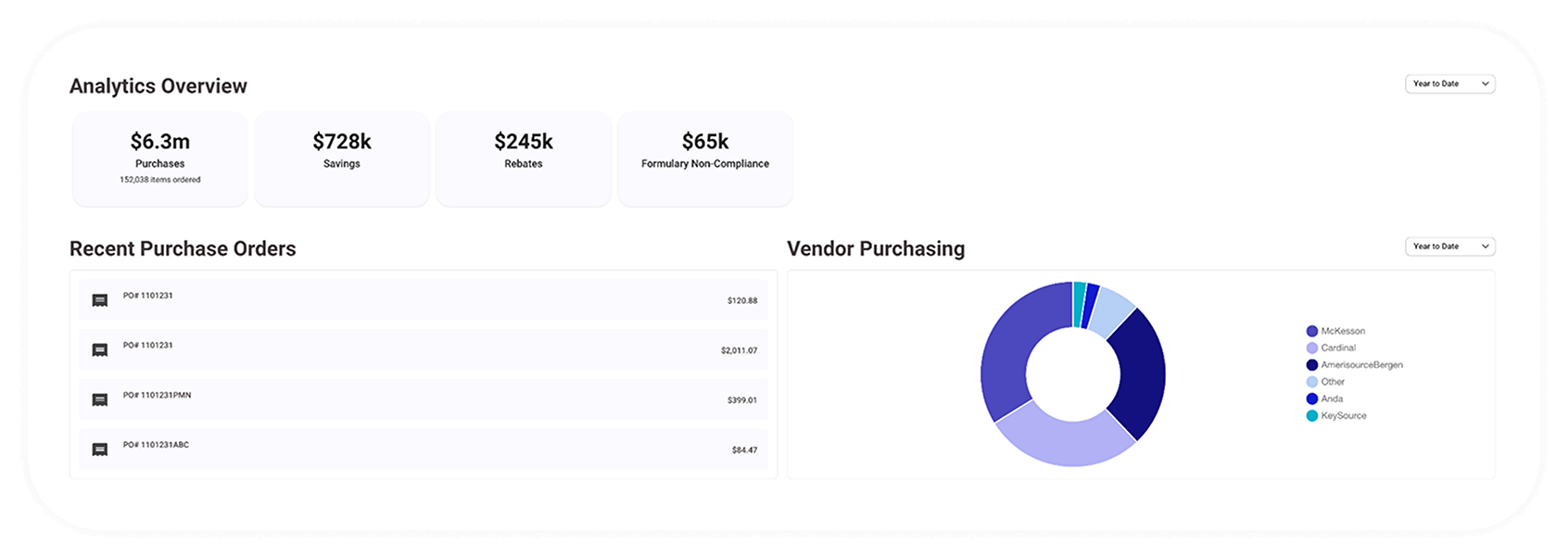

An example of concise, informative data visualization from one of SureCost’s dashboards.
Big Data + Better Pharmacy Compliance = Competitive Advantage
As you can see, optimal compliance is often a matter of maximum data. Technology empowers pharmacies to gain many insights into compliance. They can use this information to improve patient care, staff workflows, operations and their bottom line.
“Big data” can seem cliche, but analyzing and operationalizing big data in your pharmacy business makes all the difference. A best-in-class integrated purchasing management solution is integral to pharmacies staying competitive.
.png)
Download the white paper
Complete this form to get the PDF version of our report.
